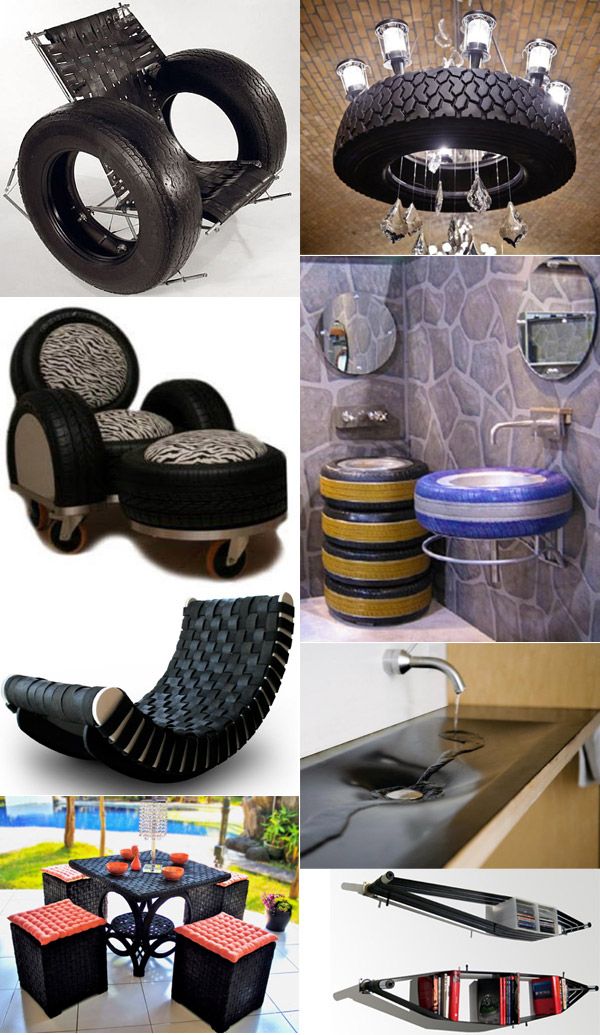| How-To - Wheels and Tires
Tire shaving, or truing, is something that you don't hear much about these days, and it's increasingly difficult to find any tire shops that even know what it is, let alone how to do it. Yet, with many hot-rodders opting for bias-ply tires, and just as many people going racing, it's more essential than ever. Few bias-ply tires are perfectly round or well-balanced, and if you want your traditional hot rod or race car to perform as well as it can and should, it pays to shave and balance them. The same is true for truck tires fitted to duallies and recreational vehicles.
When I worked at the SO-CAL Speed Shop, we used to take our roadsters to Caldwell Tire on the famed Colorado Boulevard in Pasadena, California, where they had a mobile Amermac shaver that could cut the tires right on the car, saving the hassle of removing the wheels and tires. Sadly, Caldwell is long gone. The only place I could find in the Los Angeles area that still performs this service is Nate Jones Tires in Signal Hill, California. John Beck at Vintage Hot Rod Design & Fabrication in Chico, California, also offers the service, and I'm sure there are a few others across the country. The reason Beck does it is because he and Dave Davidson are land speed racers, and they know the importance of round and well-balanced tires—Dave drives the 300+ mph No. 911 '34 Ford Roadster, and John builds the engines, in addition to driving his own blown, 140-mph Model A Tudor with bias-ply Firestones.
"Typical land speed tires don't have enough meat to shave, but we have shaved a lot of the Dunlop tires that racers use. I fitted new bias-ply Firestone tires to my hot rod, and it just bounced down the highway until I shaved and balanced them. Then it was good for 140 mph," John says.
New Equipment To Keep the Tradition AliveVintage Hot Rod uses vintage equipment made by Amermac, a company that is no longer in business. However, I did find that Tire Service International has taken on the U.S. manufacturing of what they call "tire truing" equipment, along with other specialty tire shop equipment. A portable truer, developed from the old Amermac line, costs about $9,000, and their fixed truers start at $10,000.
However, I did find that Tire Service International has taken on the U.S. manufacturing of what they call "tire truing" equipment, along with other specialty tire shop equipment. A portable truer, developed from the old Amermac line, costs about $9,000, and their fixed truers start at $10,000.
Down at Nate's, Nate Jr. was about to shave and balance the rear slicks for the mid-50s Bell X-322 Tudor sedan now owned by Brian Mackey's Hot Rods of Huntington Beach, California. Built in 1954 by Gene and Kenny Berglund and raced for decades, it was perfect for my story as the rear "pie-crust" slicks are actually recapped "snow & mud" tires, and, being recaps, were far from round.
"If you're serious about racing," said Nate Jr., "it's important that your tires perform at the optimum. Therefore, making them round, making sure they have matched circumferences (roll-out) and are well balanced is paramount. If you want to win, that is."
Getting Down to Business on the X-322When I arrived, the Firestone 5. 00 x 16 fronts had already been shaved and balanced. You can see here where the shaving has taken place. The chrome steel slot rims of the Bell X-322 are hub-centric, which means that they are located directly off the flange of the brake drum, so Nate used a special adapter for the tire shaver. Nate Jr. installed the hub onto a shaft that was inserted into the wheel, which will rotate on that shaft.
00 x 16 fronts had already been shaved and balanced. You can see here where the shaving has taken place. The chrome steel slot rims of the Bell X-322 are hub-centric, which means that they are located directly off the flange of the brake drum, so Nate used a special adapter for the tire shaver. Nate Jr. installed the hub onto a shaft that was inserted into the wheel, which will rotate on that shaft.
Once installed and brought up to speed, Nate Jr. wound in the cutting tool. The blade needs sharpening every so often. The blade is moved across the tire by hand, and the smoother the hand, the closer the shave. It can take quite some work to make them round.
A close-up of the cut surface shows the tiny hills and valleys left by the cutting tool. You can see how out-of-round the tire is by comparing the uncut section on the left to the cut section of the right. Also worth noting: Most racing tires will have tread-depth holes, which are a quick reference for tread depth. A new tire should have about 4/32 of tread depth.
A new tire should have about 4/32 of tread depth.
With the wheel and tire assembly installed on the balancing machine, Nate Jr. checked the balance. Typically, these old wheels and tires need plenty of weight. Because the owners wanted to retain the clean look of an un-weighted wheel, all the weights were applied out of sight, on the inside of the rim. Wheel weights used to be primarily made of lead, but due to environmental concerns, they are mostly made of zinc these days. In this case, they are the stick-on variety. Once the weights were positioned correctly and stuck down firmly, Nate Jr. secured them with thin, shiny aluminum foil tape that is used mainly for duct work. It also helps disguise the weights when viewed through the windows in the wheels.
This is the only view many racers have seen of the X-322. The car was originally built in 1954 by Gene and Kenny Berglund of Littlerock, California, and was raced extensively at local tracks in the state, from Bakersfield to Santa Maria.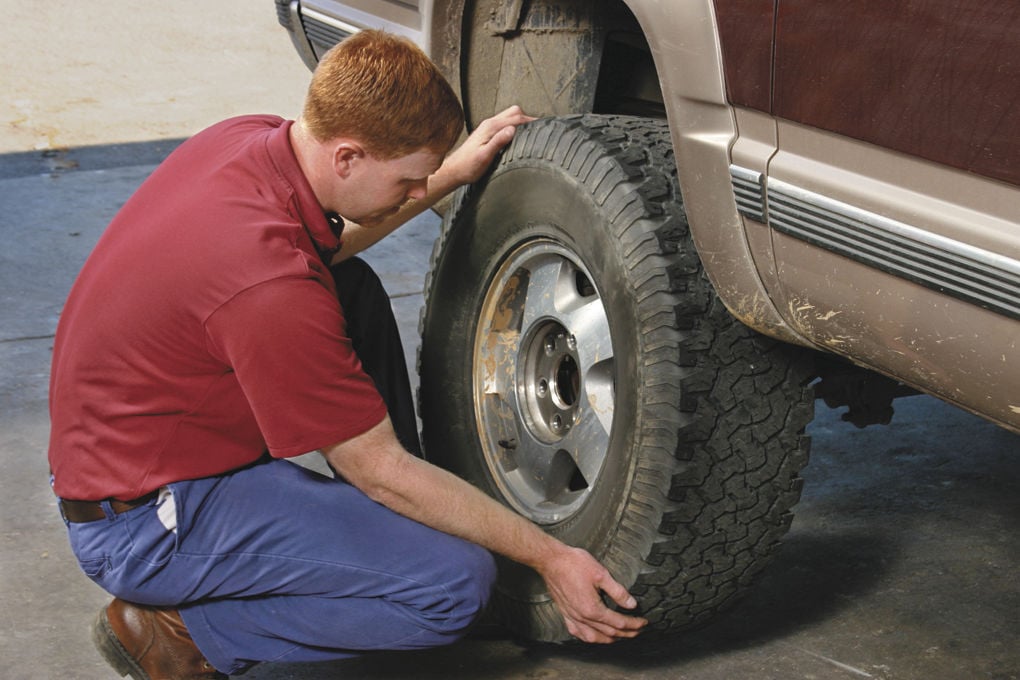 The X-322 has had a string of owners of the years before landing in the hands of Brian Mackey. Here it is seen on the track at the RPM Barona Drags.
The X-322 has had a string of owners of the years before landing in the hands of Brian Mackey. Here it is seen on the track at the RPM Barona Drags.
To kick off the YouTube video series, hosts Kevin Tetz and John McGann immerse themselves in the task of swapping a Gen 3 Hemi into a 1972 Dodge Challenger. And this isn't just any old Hemi—we're dropping a 707-horsepower Hellcat into the car and putting one of Tremec's brand-new TKX five-speed transmissions behind it. The Challenger is also getting a brand new coilover suspension and a brake upgrade. The goal is to make it run and drive like a new Hellcat-powered Challenger, but with the classy good looks of the original E-Body. After you'd done with episode 1, watch EPISODE 2 and EPISODE 3, then sign up to the MotorTrend YouTube channel for more great automotive content!
 S. in 2022
S. in 2022Tire what? Yes, tire shaving. We’ll forgive you if you’re not familiar with it, as this art has understandably become less popular and less necessary in the time since the radial tire overtook the market in the ’60s and ’70s. Before then, tire manufacturing was not very accurate and new tires actually came with extra tread—they were so far out of round, you’d need to have your installer shave tread off to make them circular or “true.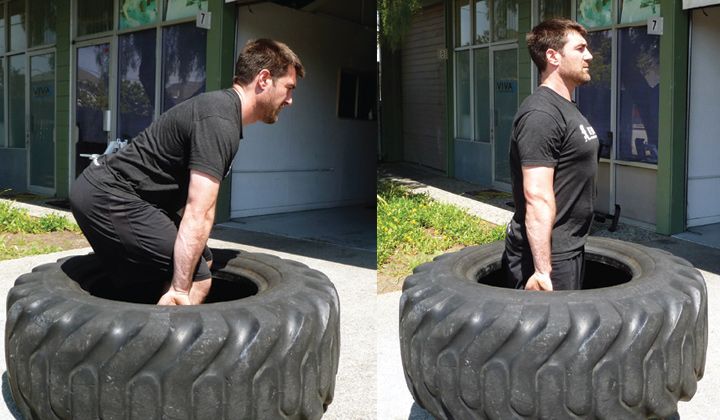 ” And so, shortly after the radial tire’s popularity brought with it advances in tire manufacturing, those tire shaving machines and the guys that ran them began to fade away.
” And so, shortly after the radial tire’s popularity brought with it advances in tire manufacturing, those tire shaving machines and the guys that ran them began to fade away.
But shaving still has its uses. Say you have an all-wheel-drive car that started with a full set of fresh rubber ten thousand miles or so ago and suddenly you find yourself needing a new tire as a result of a failure. A mismatched set of tires could force a modern four- or all-wheel-drive system to be constantly working to manage torque, causing undue stress and wear on the components. In order to prevent that type of problem, you could replace all four tires, or replace just the one and have it shaved down to the diameter of the three worn treads. Obviously, the second option would save you a lot of money.
Then there are those of us, myself included, who take a set of brand-new tires and lop off the top layer of tread in the name of grip. On a race track, increased grip means increased speed, so this sacrifice to the rubber gods is well worth it. While the tread on a street tire serves as a channel to route water away and avoid hydroplaning, it doesn’t do cars on a dry autocross course, circle track, or road circuit any favors. A slick tire provides the most surface area for grip on dry pavement and that’s why you see race cars running smooth or slick tires. In the Spec Miata series, for example, racers are required to run the Toyo Proxes RA1 which is a full-tread, street-legal radial made with R-compound rubber. It provides excellent grip on both dry and wet tracks, but will yield even more traction when shaved down from full tread. As an added benefit, shaving also increases the on-track life of the tire by eliminating the chance of blistering, which can occur when a full-tread tire endures high track temperatures.
While the tread on a street tire serves as a channel to route water away and avoid hydroplaning, it doesn’t do cars on a dry autocross course, circle track, or road circuit any favors. A slick tire provides the most surface area for grip on dry pavement and that’s why you see race cars running smooth or slick tires. In the Spec Miata series, for example, racers are required to run the Toyo Proxes RA1 which is a full-tread, street-legal radial made with R-compound rubber. It provides excellent grip on both dry and wet tracks, but will yield even more traction when shaved down from full tread. As an added benefit, shaving also increases the on-track life of the tire by eliminating the chance of blistering, which can occur when a full-tread tire endures high track temperatures.
So that’s why I needed to find a tire shaver but, unfortunately, you’d be hard pressed to find more than a couple of guys in each state that can do the task. Here in Michigan, even near the Motor City, there is but one shop that I could find within a reasonable distance. Neal at Roger’s Cline Tire in Mason, Michigan, has been quietly shaving tires for about 30 years. To learn more about the process, I shadowed him as he prepped a set of rubber for my Spec Miata race car.
Neal at Roger’s Cline Tire in Mason, Michigan, has been quietly shaving tires for about 30 years. To learn more about the process, I shadowed him as he prepped a set of rubber for my Spec Miata race car.
A new RA1 starts with a tread depth measuring 8/32 of an inch. I opted to have them shaved down to 4/32, which will just eliminate the lateral tread grooves. This is a common depth for budget racers although some with bigger bank rolls will go down to 3/32 or even 2/32 to get even stickier, at the cost of longevity.
After mounting the tire on the machine, Neal starts it spinning along. The cutting is done by a circular, rotating blade that adjusts side to side and in and out. He dips the blade into the tire and thin strips of rubber begin to essentially peel off. Using both hands to move the blade around just like a lathe operator, Neal makes passes between 1/4 and 3/8 of an inch wide, depending on how much is being ultimately removed. The dimension and angle of the cut can be customized depending on the type of car and track the tire will be used on. Experience allows a good cutter to develop a sensitive hand, enabling them to feel when the tool is getting dull and needs replacement. As you can imagine, getting the cut just right is not a quick process, with each tire taking at least 20 minutes to complete.
Experience allows a good cutter to develop a sensitive hand, enabling them to feel when the tool is getting dull and needs replacement. As you can imagine, getting the cut just right is not a quick process, with each tire taking at least 20 minutes to complete.
When all is said and done, you end up with a big pile of freshly shaved rubber shreds and a set of tires ready to hit the track. The cost is usually about $16–25 a tire, but Neal said it best when he looked down at the mound of rubber, “Proof right there, if you want to go fast, you gotta spend money.”
This content is imported from OpenWeb. You may be able to find the same content in another format, or you may be able to find more information, at their web site.
0003Related materials
5 cool and inexpensive Chinese car ideas for autumn
You don't have to go to a car wash or a spare parts store to get your tires back to a deep black color. You can get by with improvised means, and some of them are sure to be found in almost every home.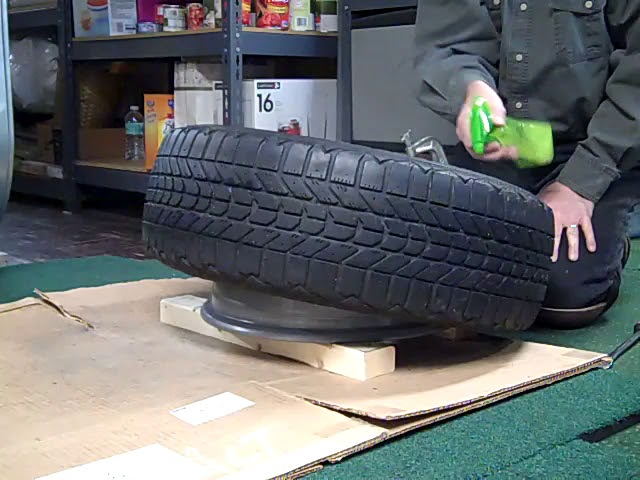
There are several ways to blacken tires that are safe and do not affect traction. In the absence of special means for restoring color, for example, shoe polish, glycerin, silicone oil, and even laundry soap and household chemicals are used. Each substance has its pros and cons, but it should be remembered that none of them fully possesses the qualities inherent in special solutions: neither long-term effect, nor protective properties, nor ease of use.
Related materials
11 factors that the driver needs to remember in the fall
Blackening tires with shoe polish or other shoe care product is the first thing that comes to mind. At the same time, the processing process itself is no different, only instead of a brush it is better to use a sponge so that splashes of shoe polish do not stain the body. We simply rub the sidewall of the washed and dried tire with shoe polish and let it dry.
To be honest, the result does not look very good, even when using the product with wax: there is neither shine nor color depth. The application process itself is also inconvenient - imagine what it would be like to process four wheels. The downside is that you have to wait for the shoe polish to dry completely before driving. Otherwise, road dust will quickly stick to the treated surface, reducing all the efforts made to nothing. Of course, there are also quick-drying paint creams, but their cost is such that it will still be cheaper to buy a special product for blackening tires.
The application process itself is also inconvenient - imagine what it would be like to process four wheels. The downside is that you have to wait for the shoe polish to dry completely before driving. Otherwise, road dust will quickly stick to the treated surface, reducing all the efforts made to nothing. Of course, there are also quick-drying paint creams, but their cost is such that it will still be cheaper to buy a special product for blackening tires.
Due to its consistency, glycerin creates a stunning jet-black shiny tire effect, and the degree of "greatness" can be adjusted by diluting the product with plain water. For one procedure, only one hundred grams of glycerin and the same amount of water are enough. We mix them, taking into account the fact that the less water in the composition, the more "fat" the effect will be. But it’s better not to spare water, otherwise dust will stick to the tires, as in the case of wet shoe polish. The composition is applied with a simple sponge without rubbing. By the way, unpainted black plastic body parts can also be processed with this composition.
The composition is applied with a simple sponge without rubbing. By the way, unpainted black plastic body parts can also be processed with this composition.
The advantage of this method is its low cost and the availability of glycerin in any pharmacy. The disadvantages overlap all the advantages: glycerin quickly ages rubber, causing it to crack. In addition, the composition is very well washed off with water - the very first rain or driving through a puddle will not leave a trace of glycerin. In dry weather, tires will only stay black for a couple of days.
Related materials
How to sit behind the wheel - check your fit
Blackening tires with silicone oil is not the cheapest way because it is not sold in small containers and you will have to buy an annual supply of funds right away. This method is the simplest, most efficient and less labor-intensive than the others. It is better to use medium viscosity oil, which will also come in handy for treating tires before winter or summer storage - this is the only substance described that somehow protects rubber from cracking, drying out, ultraviolet radiation and moisture.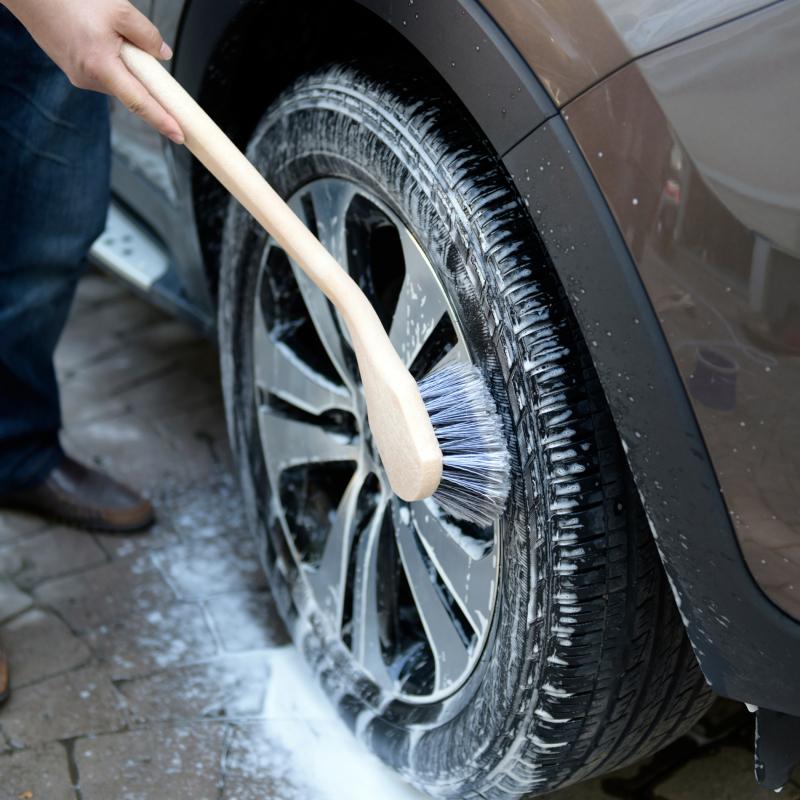
The effect after treatment with silicone oil is long-lasting and the tires look blacker than new. Silicone oil is also treated with door seals and trunk lids so that they do not freeze.
Laundry soap is perhaps the cheapest product suitable for blackening tires. It can be applied with a pre-soaped brush, or by dissolving a crumb of soap in water, apply the composition with a sponge. There is no need to rinse off the soap: when it dries, the rubber will acquire a beautiful and deep black tint. Like most artisanal methods, blackening tires with laundry soap has its drawbacks. Rubber because of it, as in the case of glycerin, ages faster and may begin to crack, so we do not recommend this method of blackening.
Related materials
Preparing the car for winter: what needs to be done first
Household chemicals are often used in car washes. This is a cheap, effective and harmless method for rubber and its adhesion to an expensive method, which can be offered as a bonus or "gift". It is mainly used for washing glasses, as well as dishes. The first is sprayed onto the sidewall of the tire and rubbed quickly, while the second is applied with a damp sponge. It is not necessary to wash off the compositions.
It is mainly used for washing glasses, as well as dishes. The first is sprayed onto the sidewall of the tire and rubbed quickly, while the second is applied with a damp sponge. It is not necessary to wash off the compositions.
Also on the forums it is advised to blacken tires with drinks. More often than others, Coca-Cola is mentioned. But because of the sugar in the composition of the cola, it creates a sticky layer, on which dust quickly settles, and is easily washed off in the first puddle.
***
All of the listed products, of course, are inferior to the special compounds sold in auto chemical departments. Their blackening effect is short-lived and does not look so beautiful. In addition, most of them can harm rubber by affecting its chemical composition and reducing its service life. Nevertheless, the described methods are in demand due to their availability and spontaneity, because most motorists do not need to blacken tires every day.
However, the safest alternatives to professional tire blackeners are silicone and household chemicals.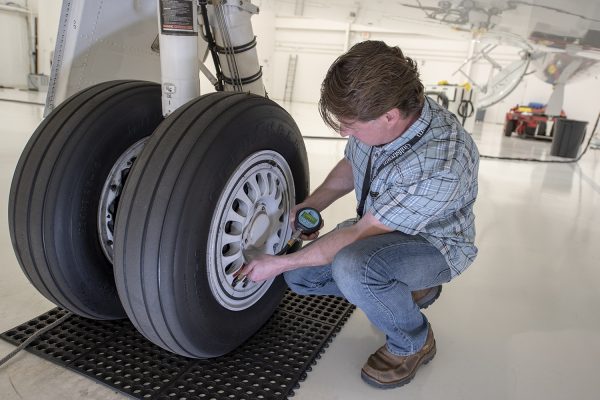 The latter is usually also cheaper.
The latter is usually also cheaper.
Photo: depositphotos.com
Our new video
Geely Tugella: just look!
Youtube channel Behind the wheel gained 800 thousand subscribers
Instead of Largus and GAZelle: 5 shock impressions from the new "Chinese"
Did you like the note? Subscribe and you will always be in the know!
Driving on Yandex.Zen
News smi2.ru
May 23, 2020Get rich
Find out why you might need paraffin in your car, what you can do with shaving foam and what additional uses coffee has.
Share
0 There has been no shortage of car cosmetics in stores for a long time. Sprays and gels, liquids and concentrates - there are at least a dozen different products for any need. The only problem is their price and the abundance of chemistry in the composition. Fortunately, almost any car cosmetics can be replaced with household products that are many times cheaper and not so harmful. We offer 10 analogues of the most popular car chemistry.
The only problem is their price and the abundance of chemistry in the composition. Fortunately, almost any car cosmetics can be replaced with household products that are many times cheaper and not so harmful. We offer 10 analogues of the most popular car chemistry.
Replaces: anti-rain.
What an effect: water and dirt run off in trickles without lingering on the glass. Facilitates the work of the wiper blades.
How to use. Take an ordinary candle, cut it as finely as possible with a knife or grate it. Combine the resulting chips with gasoline for lighters, white spirit or any other solvent in a ratio of 1: 20 (20 parts of liquid are taken for one part of paraffin). Mix well or shake until completely dissolved.
Apply this substance to a clean windshield using cotton pads or a clean cloth to make a thin layer over the entire surface. Leave for 5-10 minutes, and then thoroughly rub the resulting matte film with paper towels until completely transparent. Side windows and mirrors can be treated in the same way.
Side windows and mirrors can be treated in the same way.
Replaces: gnat cleaner.
What is the effect: mosquitoes dried on the glass and bumper are easily washed off thanks to the alcohol contained in the composition.
How to use. Simply spray onto the soiled surface and wipe dry with a microfibre cloth or paper towels.
Replaces: anti-fog.
What effect: glasses stop sweating. At high humidity, condensation does not form on them.
How to use. Apply a small amount of shaving foam or gel to the inside of the cleaned glasses and let it dry for 5-10 minutes. As in the case of anti-rain, it remains simply to rub the resulting layer with paper towels or a dry rag until the glass becomes completely transparent. This protection is enough for about a couple of months, then the procedure can be repeated.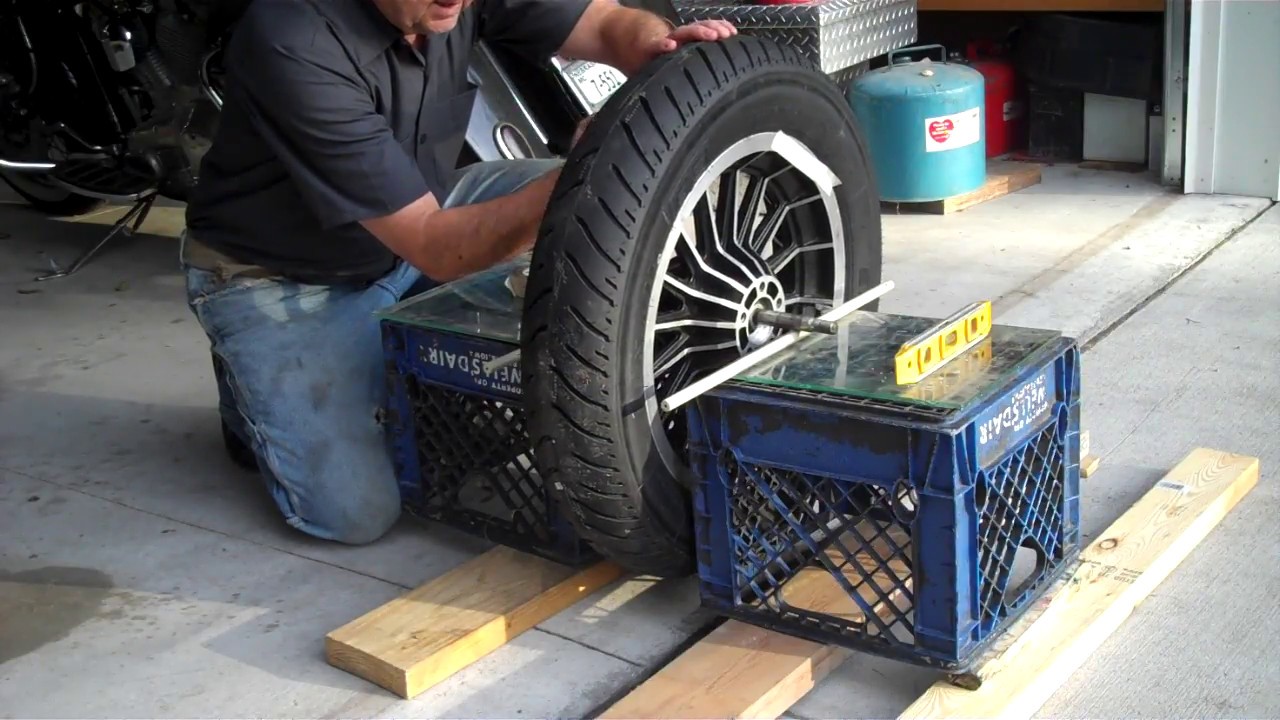
Replaces: optics polish.
What effect: scratched and cloudy headlights become transparent again, the luminous flux improves.
How to use. Apply toothpaste to the headlights and rub the surface thoroughly for 10-15 minutes with a piece of felt, a woolen cloth or, at worst, with an old toothbrush. In the process, the paste needs to be moistened a little, and at the end, rinse thoroughly with clean water and wipe the headlights dry.
Replaces: plastic upgrader.
What effect: masking scuffs and scratches, making surfaces look neater.
How to use: Take a colorless shoe sponge and rub it on the dashboard, plastic doors and other surfaces. Then take a dry microfiber cloth and give it a good wipe to remove any excess silicone sheen.
Replaces: interior cleaner.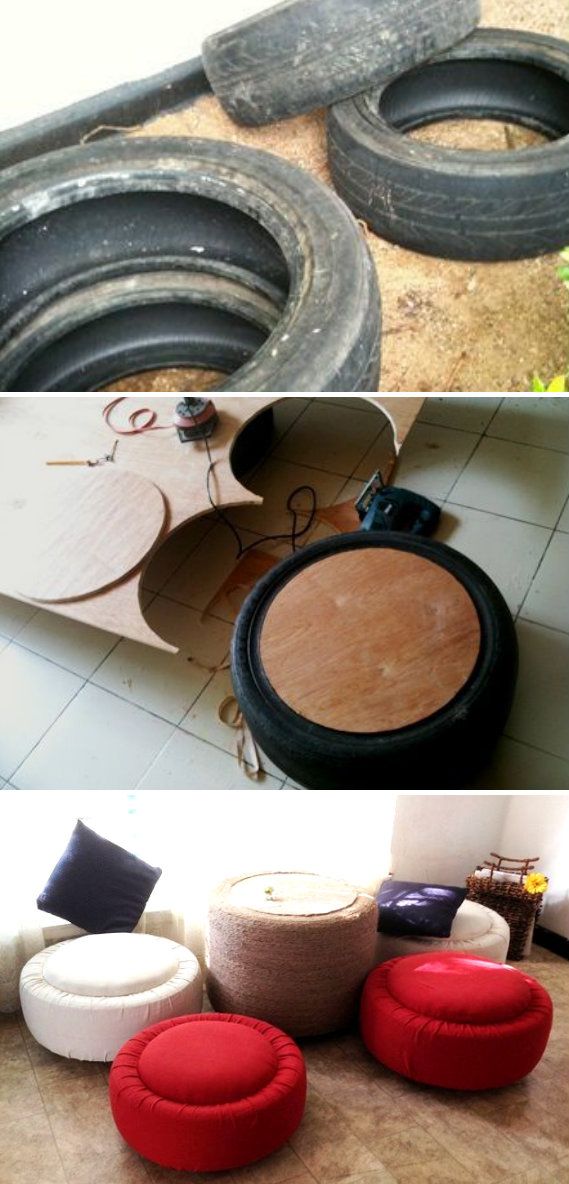
What effect: removal of old stains and dirt, upholstery cleaning.
How to use. Remove all dry dust and dirt with a vacuum cleaner. Dampen a new shoe brush with the cleaner and rub the upholstery vigorously, concentrating on heavy soiling. Then, while rinsing the brush in clean water, continue rubbing to remove any dirt. If there is a washing vacuum cleaner, then it is better to use it at this stage.
Wipe dry with a clean cloth and dry thoroughly - best for a couple of days in the sun in hot weather. If you miss this important point, mold can form inside the seats.
Replaces: plastic stain remover.
What an effect: completely cleans almost any dirt, even traces of glue.
How to use. Slightly dampen a sponge with water and simply rub the surface to remove the dirt. Do not press too hard, otherwise the sponge will crumble.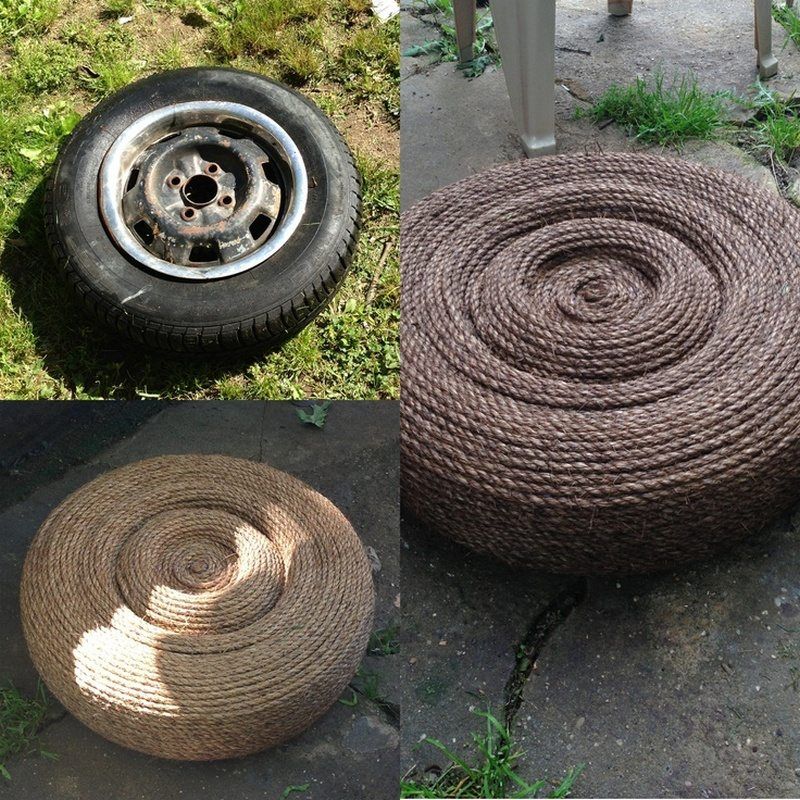 The plastic of the center console, doors and sills is easily cleaned of old dirt and practically returns to its original appearance.
The plastic of the center console, doors and sills is easily cleaned of old dirt and practically returns to its original appearance.
Replaces: Tire Black.
What effect: the surface of the rubber becomes clean and bright, giving the impression of a new wet tire.
How to use. Buy a vial of glycerine from a pharmacy and mix it with water in equal proportions. If you have a spray bottle on hand, you can use it for application, if not, a regular dish sponge will do just as well. Apply the prepared product to the side surface of the tires, after cleaning them, and leave to dry.
Replaces: chrome parts cleaner.
What is the effect: removes rust spots and cloudiness, giving a pristine shine.
How to use. Saturate a sponge or cloth with the liquid and rub the problem areas well.
 White spirit
White spirit Replaces: tar stain remover.
What effect: cleans streaks and spots of molten bitumen on the body and rims.
How to use. Bitumen splashes are an inevitable consequence of driving on molten asphalt or road sections that have recently been repaired. To get rid of them, take ordinary white spirit, kerosene or alcohol, moisten a soft sponge with it and gently clean the dirt. It is important not to overdo it and do not rub for more than 20-25 seconds, otherwise the solvent may cause clouding of the varnish.
Replaces: flavor.
What effect: fills the interior with a pleasant aroma and well interrupts other smells.
How to use. To make the simplest flavoring, you will need a handful of freshly ground natural coffee and some kind of container to place it in the car. Wrap the grains in a piece of burlap, pour into a stocking or a jar.